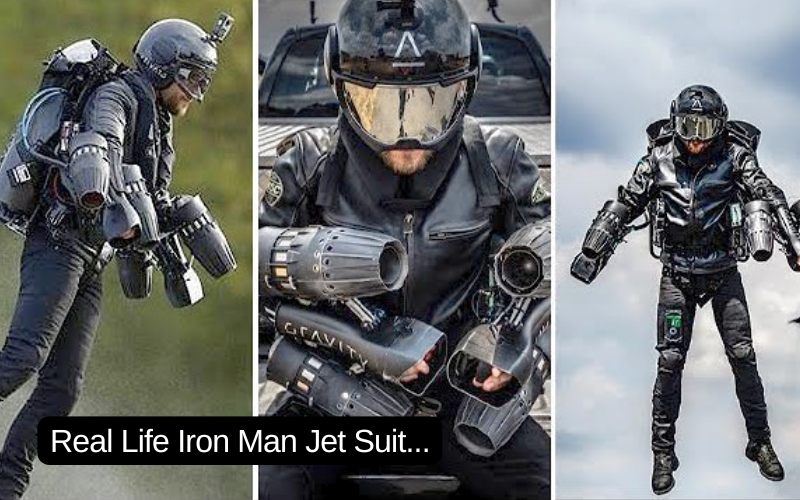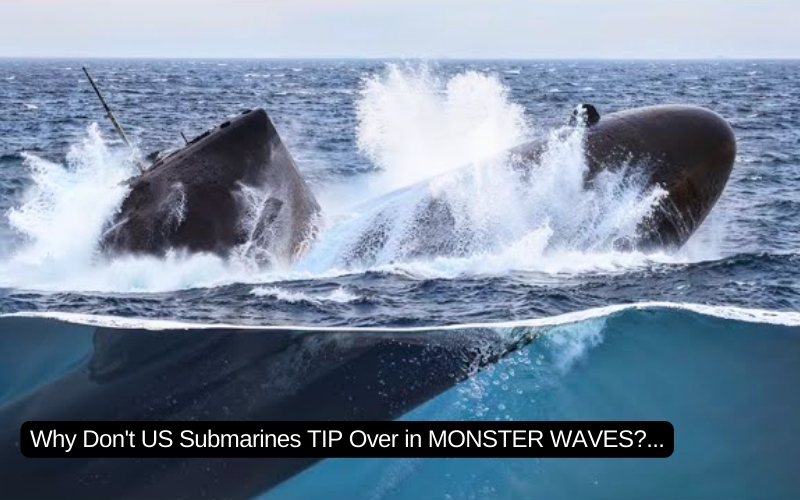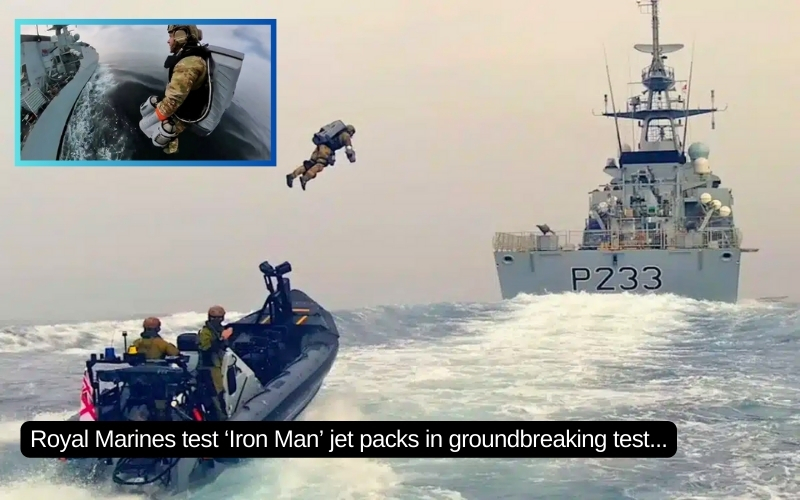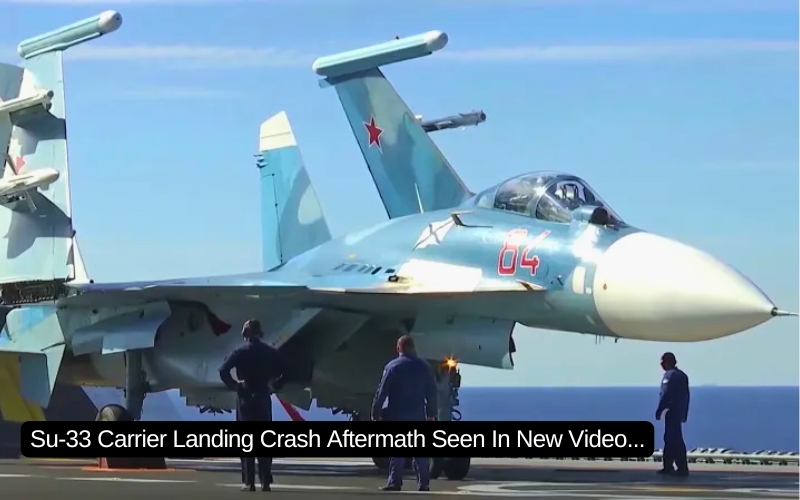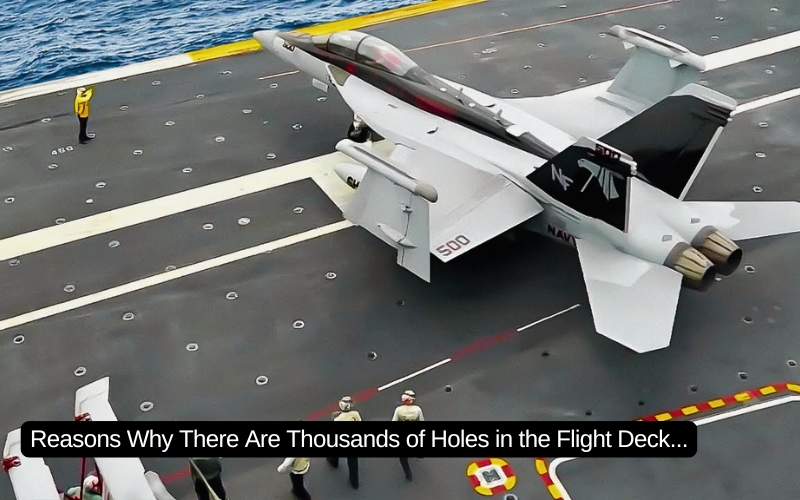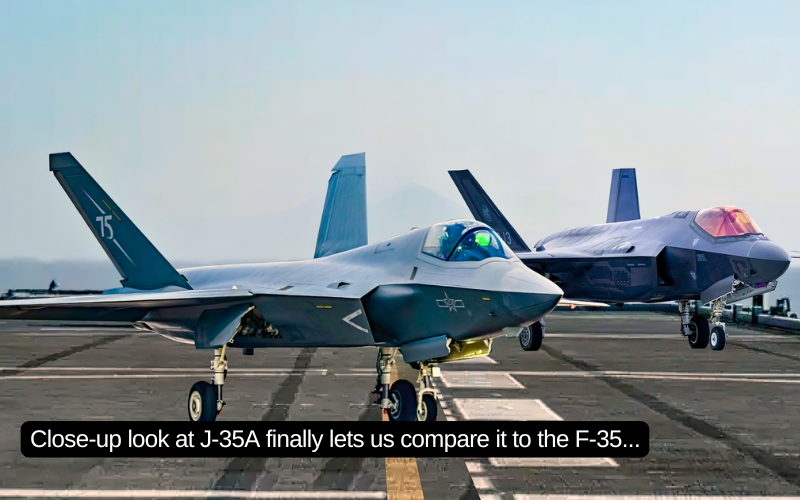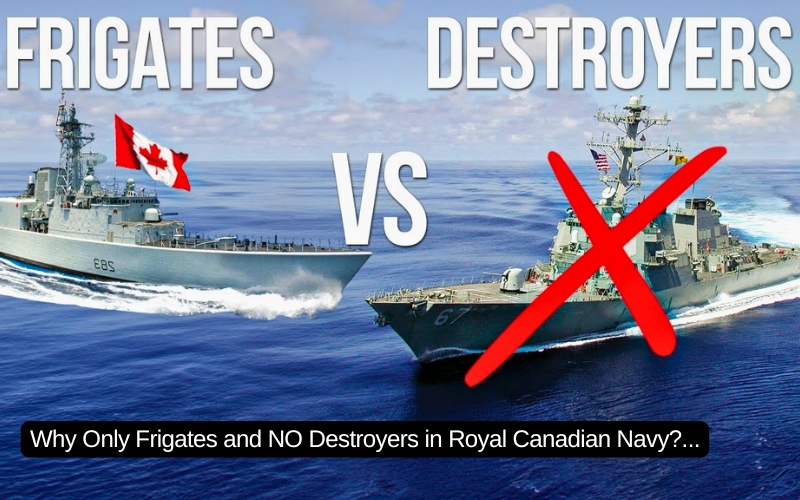Although MiG-25 Foxbats are not particularly manoeuvrable aircraft, their aggressive manoeuvring during approach, ‘painting’ of US Navy aircraft with their radars and facing F-14s head-on was a clear show of hostile intention.
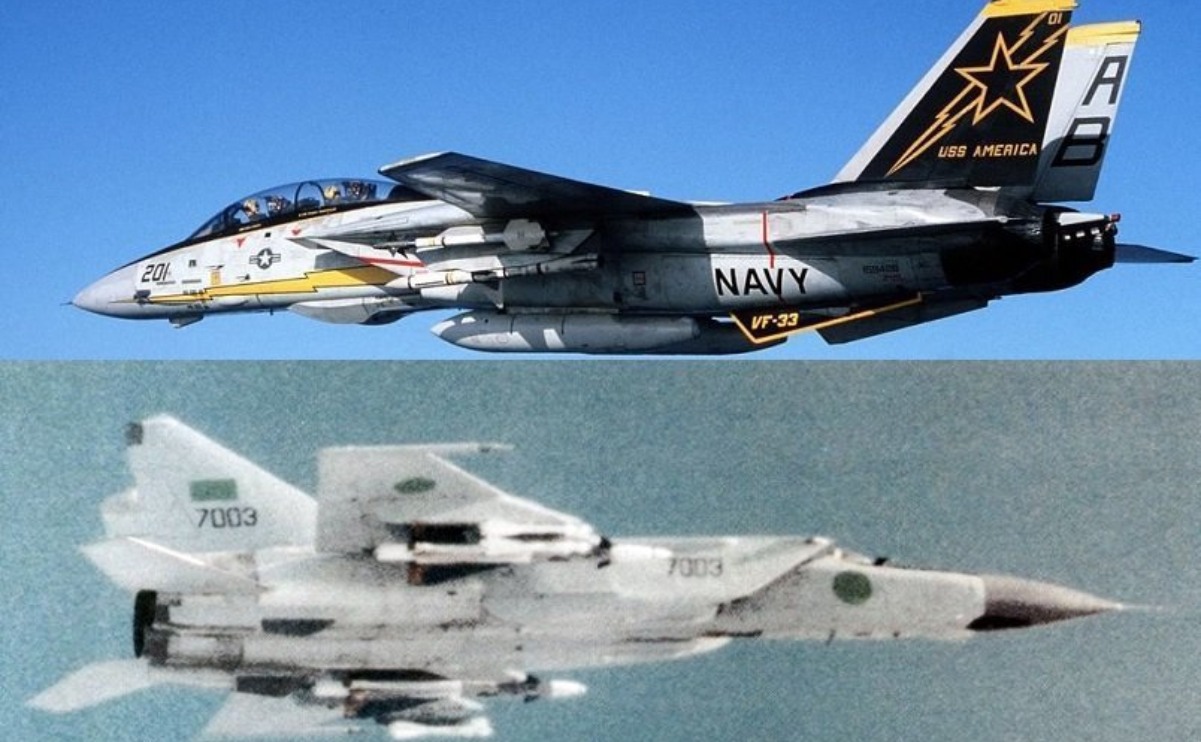
Advancements during the Cold War in Soviet long-range patrol and bomber aircraft dictated a requirement for a fleet defense fighter that could engage high-altitude bombers from well beyond visual range. The iconic F-14 Tomcat was Grumman’s answer. Equipped with long range AIM-54 Phoenix air-to-air missiles, F-14s could engage multiple hostiles over 90 miles away. Needing an interceptor’s high speed while carrying this heavy ordnance, Grumman produced the highly effective variable sweep wing of the F-14, enabling it to operate at a wide range of airspeeds.
The F-14 saw its first combat in August 1981, downing two Libyan Su-22 fighters over the Gulf of Sidra.
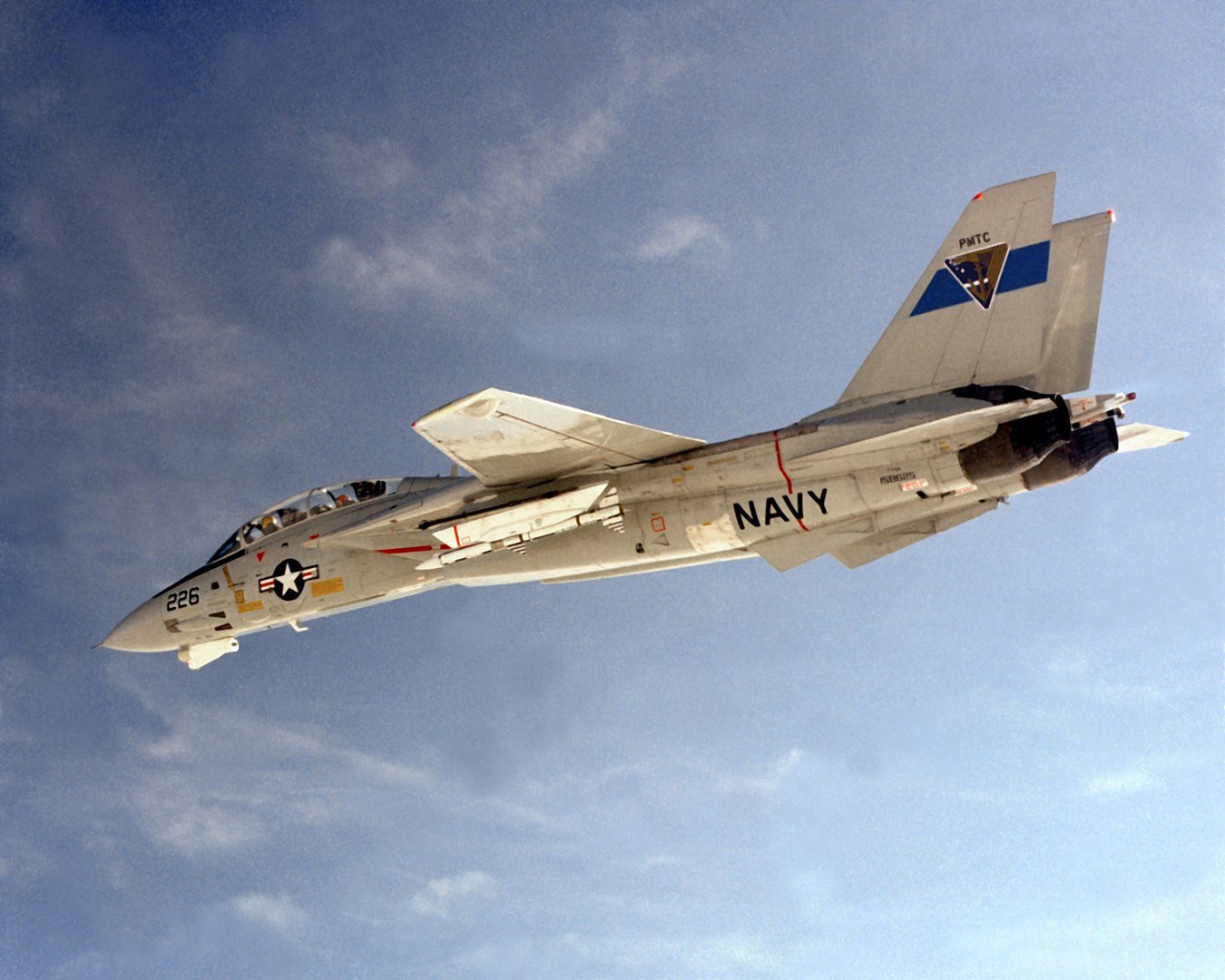
The Tomcat saw considerable duty over the Gulf of Sidra again in the following years.
Tensions between the US and Libya heightened after the hijacking of TWA Flight 847 on 14 June 1985, and the Rome and Vienna airport attacks on 27 December, that same year. The US claimed that the Libyan leader Muammar Gaddafi was involved in these actions through his support of the alleged perpetrator, Palestinian terrorist Abu Nidal.
Following the terrorist attacks in Rome and Vienna, the US Navy began several “Freedom of Navigation” operations in the area around Libya in an operation named “Attain Document”, the first two parts of the operation being held from Jan. 26–30, 1986 (Attain Document I), and Feb. 12–15, 1986 (Attain Document II), without incident. The third part of the operation began on Mar. 23, 1986 with a surface action group from the United States Sixth Fleet consisting of three aircraft carriers – USS America (CV-66), USS Coral Sea (CV-43) and USS Saratoga (CV-60); five cruisers, six frigates, 12 destroyers, 250 aircraft and 27,000 personnel conducting three carrier operations near the gulf. USS Detroit, USS Savannah and USS Mount Baker were the fuel, ammunition and combat stores (food and supplies) replenishment ships that supplied the entire battle group.
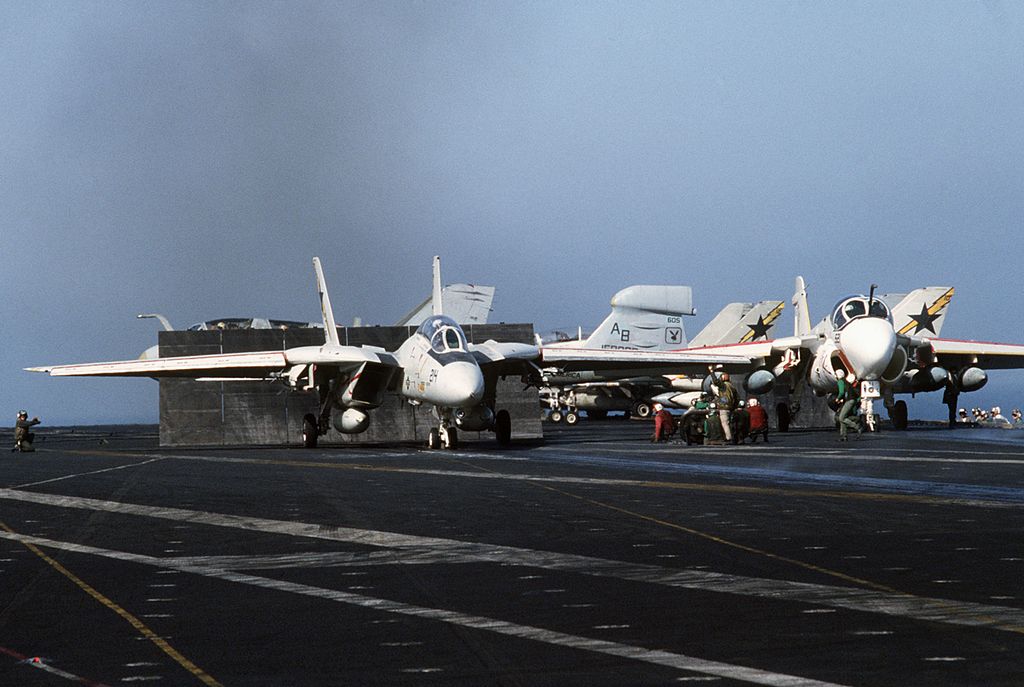
After the earlier tensions, and especially the encounters between US Naval aviators and Libyan Arab Air Force (LAAF) interceptors during Operation Attain Document II, there was plenty of anticipation in squadron-ready rooms of all three aircraft carriers, as David ‘Hey Joe’ Parsons recalls in Tom Cooper, Albert Grandolini and Arnaud Delalande book Libyan Air Wars Part 2: 1985-1986:
“The MiGs and other Libyan fighters had been very active against Saratoga’s F-14s (VF-74 and VF-103) so we were certain that we’d see more of [the] same when we arrived on America in March. We were so sure that I designed a kill marking scheme (green circle and black plan view of respective aircraft) and fashioned cardboard silhouettes of all the type fighters in service with [the] Libyans.”
Operation Attain Document III commenced at 0100 local time on Mar. 23, 1986. During the day, all US Navy aircraft remained north of 32° 30′. To the surprise of almost everybody on board US Navy warships, there was no Libyan reaction, as explained by Parsons:
“The Libyans got quite shy after we got three carriers on line in the Gulf of Sidra. But, our CO was VERY aggressive and we pressed the ROE to the limit. He even had the Libyan control tower frequency in one of his radios and taunted the Libyans at Benghazi to come out and play.”
What happened was that as soon as the Pentagon announced Operation Attain Document III, the LAAF dispersed most of its Mirages, MiG-21s and MiG-23s to air bases in the centre of the country. For example, only one out of three MiG-23 squadrons usually based at Benina AB outside Benghazi was left at that base: the other two were evacuated to southern Libya. The exact reasons for this decision remain unknown, but it seems that Gaddafi and his military commanders expected US attacks on Libyan air bases. Their decision was quite ironic considering the LAAF had no less than eleven fully-developed air bases along the Mediterranean coast; and was thus well-dispersed even in peacetime.
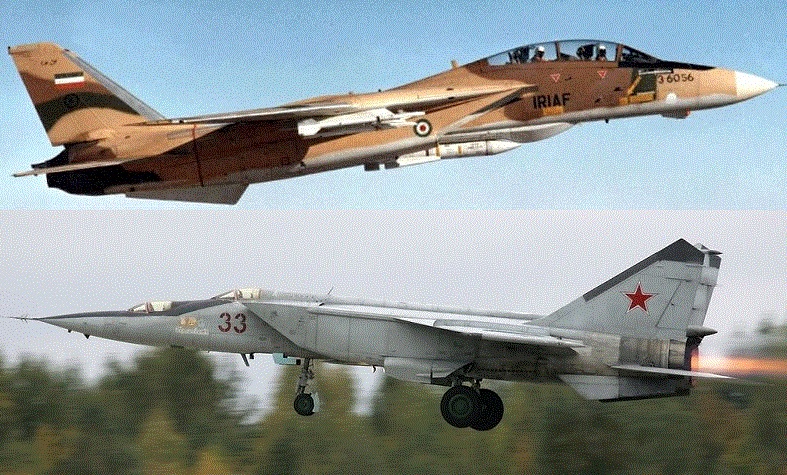
When no LAAF interceptors were scrambled, around 2015 Tomcats from the Saratoga and the America crossed the ‘Line of Death’ several times, occupying two CAP stations over the Gulf of Sidra, one of them about 60 miles (96.5km) off the Libyan coast. Once again, there was no Libyan reaction. It was only hours later that the Libyan SA-5 SAM-site near Sidra powered up its Square Pair early warning radar and locked-on USN aircraft. All radar and electronic warfare officers in Task Force Zulu watched their scope in anticipation of the Libyans opening fire. However, contrary to expectations, the Libyans did not move.
With the situation remaining calm, the commander of the US 6th Fleet, Vice Admiral Frank B. Kelso ordered the surface to action group (SAG) into action. At noon on Mar. 24, Ticonderoga, Scott and Caron. crossed the ‘Line of Death under protection of Tomcats that flew CAPs, and Corsairs and Intruders that flew SUCAPs. Among the F-14s that crossed the ‘Line of Death’ in support of the SAG was the Tomcat flown by Deputy Commander VF-33, Lieutenant Commander Michael ‘Smiles’ Bucchi, with RIO Lieutenant Commander Ken`Heimy’ Heimgartner. Another pilot from their unit recalled about their mission:
“Smiles and Heimy were already legends between Tomcat crews. During that sortie, they flew an aircraft equipped with the TCS. That is a stabilised video camera with telescopic lens installed under the nose of the Tomcat, which enabled them to visually identify such aircraft as MiG-25 in clear weather from several dozen kilometres away. The TCS was brand new and very expensive, and our squadron had only three aircraft equipped with one (we got many more of these sets when Saratoga out-chopped [left the Mediterranean]). That was the way it was even back then: not enough gear to go around — and this was during the `go-go- buildup’ of the Reagan years.
“Smiles and Heimy flew the F-14A serial number 161142, modex AB200, which was the best aircraft in [the] squadron and equipped with TCS. Their wingman flew the Tomcat serial number 159021 modex AB206: that was an elderly jet that spent much of that cruise in the hangar together with another ‘senior, 159010/AB207. It had no TCS.”
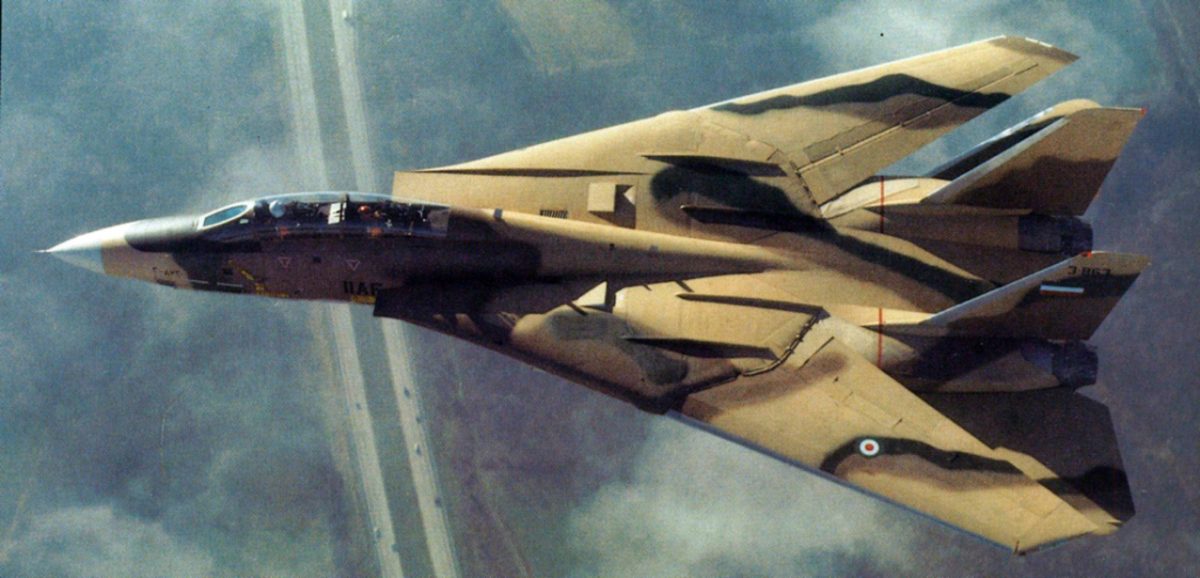
Contrary to usual practice within the US Air Force, where war-load of all involved aircraft is de-facto dictated from above, top US Navy commanders left their squadrons to decide about their armament. Parsons explained:
“Among the F-14 crews aboard the America, there were some differences in terms of the weapons load. In VF-102, we preferred to arm our Tomcats with Sparrows and Sidewinders only. We were expecting to fly escorts and engage in dogfights and wanted to have our machines as light as possible. The VF-33 preferred the 2/2/2 configuration instead: two Sidewinders, two Sparrows and two long-range Phoenix missiles. They wanted to be ready to use [the] much vaunted Phoenix if there was a chance, even if this increase the weight of their aircraft.”
The two Tomcats led by Bucchi barely reached the intended CAP station when their crews nearly got an opportunity to put Phoenix missiles to the test. When the U.S. Navy’s SAG violated what Libyans considered their territorial waters, two MiG-25PDS fighters forward-deployed at Benina AB were scrambled with the order to shoot down all airborne intruders, as recalled by former LAAF MiG-25 pilot Ali Thani:
“I did not expect us to be successful but was determined to carry out my orders. We climbed to 6,000m (19,685ft). The GCI vectored us to about 30km from the nearest target and then ordered me to activate my radar, acquire a target and open fire. This was my fin encounter with Tomcats and I was expecting them to be armed with Phoenix missiles. For this reason, I decided not to lock-on on them and fire one of my R-40RDs, but instead wanted to get close and wait for an opportunity to deploy my short-range R-60MKs… While approaching, we manoeuvred as so often before: whenever they turned to one side, the GCI redirected us. This was repeated several times until we got closer and I turned directly towards one of [the] Tomcats, trying to lock-on with a missile. It did not work because the Tomcat disappeared from my view too soon.”
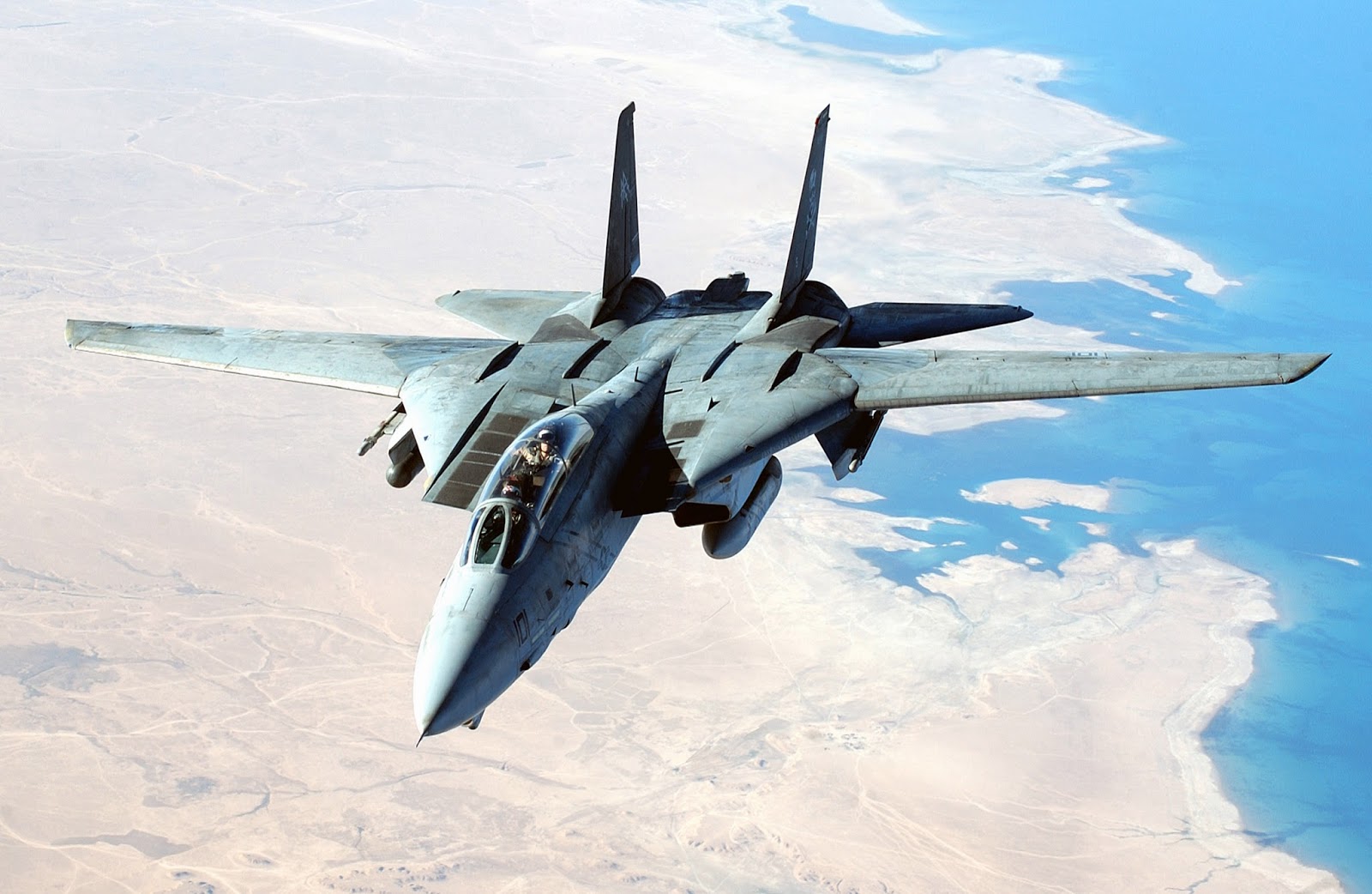
Although MiG-25 Foxbats are not particularly manoeuvrable aircraft, their aggressive manoeuvring during approach, ‘painting’ of U.S. Navy aircraft with their radars and facing F-14s head-on was a clear show of hostile intention. However, because Admiral Kelso has not yet issued the necessary code-word, his new ROEs were not yet in force — which meant that MiGs had to open fire first or Tomcats to fire at them. This left Bucchi and his wingman with no alternative but to outmanoeuvre their opponents. Turning around, the two Tomcats dragged the MiGs into a descent to about 5,000ft (1,524m), where they enjoyed a huge advantage in manoeuvrability, and then took position at their opponents’ ‘six o’clock’ – directly behind two Libyans. While Bucchi was manoeuvring to keep his opponent in sight, and switching his weapons selector to ‘guns’, Heimgartner reported ‘excessive actions and intent’ to the E-2C, and requested permission to open fire. His report was forwarded to the America. The lead MiG-25 – the one flown by Thani – meanwhile turned slowly to the right, followed by his wingman’s MiG-25, before reversing to the left. While Bucchi followed, Heimgartner again asked for permission to fire. Minutes passed without reply, as the lead Tomcat continued manoeuvring behind the lead MiG -25. Then both MiGs switched on their afterburners, made a sharp turn to the left and disappeared in a southern direction. By the time the air-warfare commander from the America granted permission for Tomcats to open fire and added, ‘take the bastards on’, the two F-14As were already on their way back to tanker aircraft.
The following TCS footage shows U.S. Navy F-14s intercept and track a Libyan Mig-25, Su-22 and a Mig-23 over the Gulf of Sidra.
Video: Libyan MIGs over Gulf of Sidra


